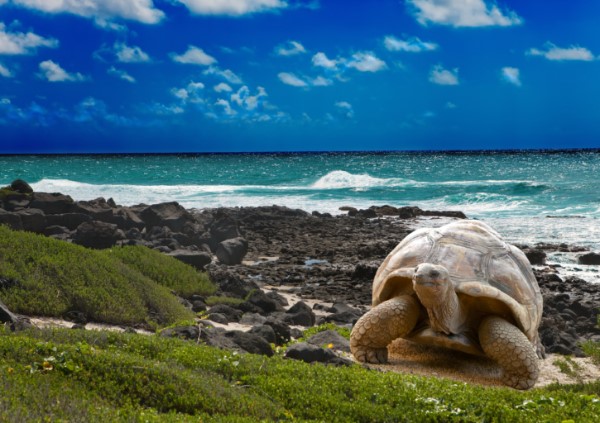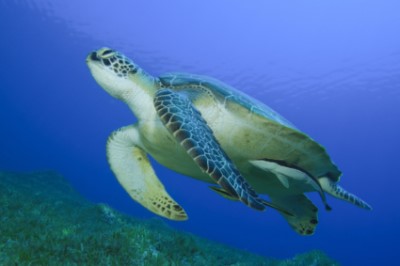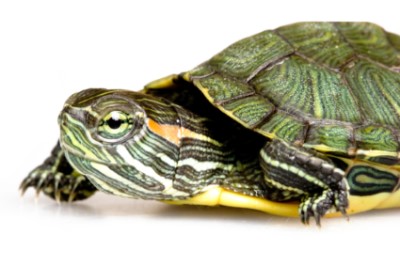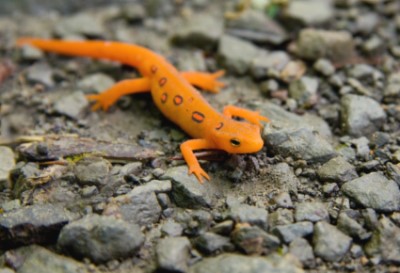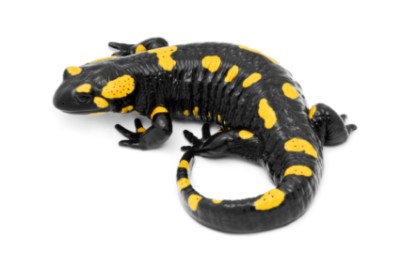Common Reasons for Surrender
The tortoise is rarely surrendered, but the few that show up at rescues are usually plagued with health problems that owners cannot afford to treat at the veterinarian. If you want to adopt a tortoise, most rescues won’t let you adopt if you have a big dog. Dogs often attack and chew tortoises and injure them.
Pros
Babies are adorably cute and can be very personable. They recognize who you are and summer days will find babies and adults plodding about all over the place, discovering the world around them.
Cons
When the tortoise gets bigger, she will produce a lot of poop. The good news is that because they’re herbivores it doesn’t stink as badly. The bad news is their enclosure should never smell badly and you have to do your job and clean it up.
Diet
All three species of tortoises need a cuttle bone as a calcium source. Do not give any tortoises fruit because the sugar will cause bacteria that are harmful to them. Iceberg lettuce has no nutritional value, but you can feed your tortoises romaine lettuce, mustard greens, collard greens, and dandelion greens. Do not feed them onions, leeks, spinach, or chard.
Russian tortoises need leafy greens rinsed in water, a “dish” that serves both as food and water in their diet. This tortoise enjoys edible flowers, greens, squashes, grated carrots, and peppers instead.
Greek tortoises can be kept outside all year round. They’ll eat green, veggies, dandelion, and grasses; they love dandelion blossoms in the springtime.
Leopard tortoises are grazers that need more grass, greens, and hay that can be found in pet stores.
There are companies now with readymade foods for different kinds of turtles and tortoises. The trick
is to get them to eat.
Exercise
Tortoises move slowly across land, known to reach a top speed of five miles per hour.
Possible Health Issues
A poor diet that lacks calcium will lead to sickness. Do not feed your tortoise chard, as it can lead to bladder stones and kidney failure.
Housing
Remember, the bigger the tortoise the bigger the house. A full-grown leopard tortoise needs a big tank. You may want to use a big stock tank or a children’s swimming pool. Don’t use chicken wire that the tortoise can see through because he will inevitably get stuck and try to get out. The tortoise should not be able to dig underneath his yard. Use a wood that you can sink into the ground six to 10 inches so the tortoise cannot dig underneath it, because while you are at work the tortoise will try to get out. A tortoise needs a body core temperature of 85 to 88 degrees to digest food, and babies need a moist place to retreat. You should have a heat lamp and basking spot on one end of the tank and on the other end make darker and moister and put substrate down, like coconut fiber, and keep it moist. Leopard tortoises need an ultraviolet light.
Grooming
Use coconut fiber as a substrate in the bottom of the tank because this substrate does not attract mold and bacteria yet holds moisture well. Don’t ever use pine products or cleaners because pine is toxic for tortoises. Be sure to clean up the droppings daily.
Training
The tortoise is fun to watch but is not known for doing tricks.
Entertainment
The tortoise loves to plod along and bask in the sunshine. Some are social and want to interact with other tortoises or with you. Some even like it when you scratch their shell.
|
ADDITIONAL RESOURCES
We want to thank Reptile and Amphibian Rescue, Los Angeles, California for help with this profile
